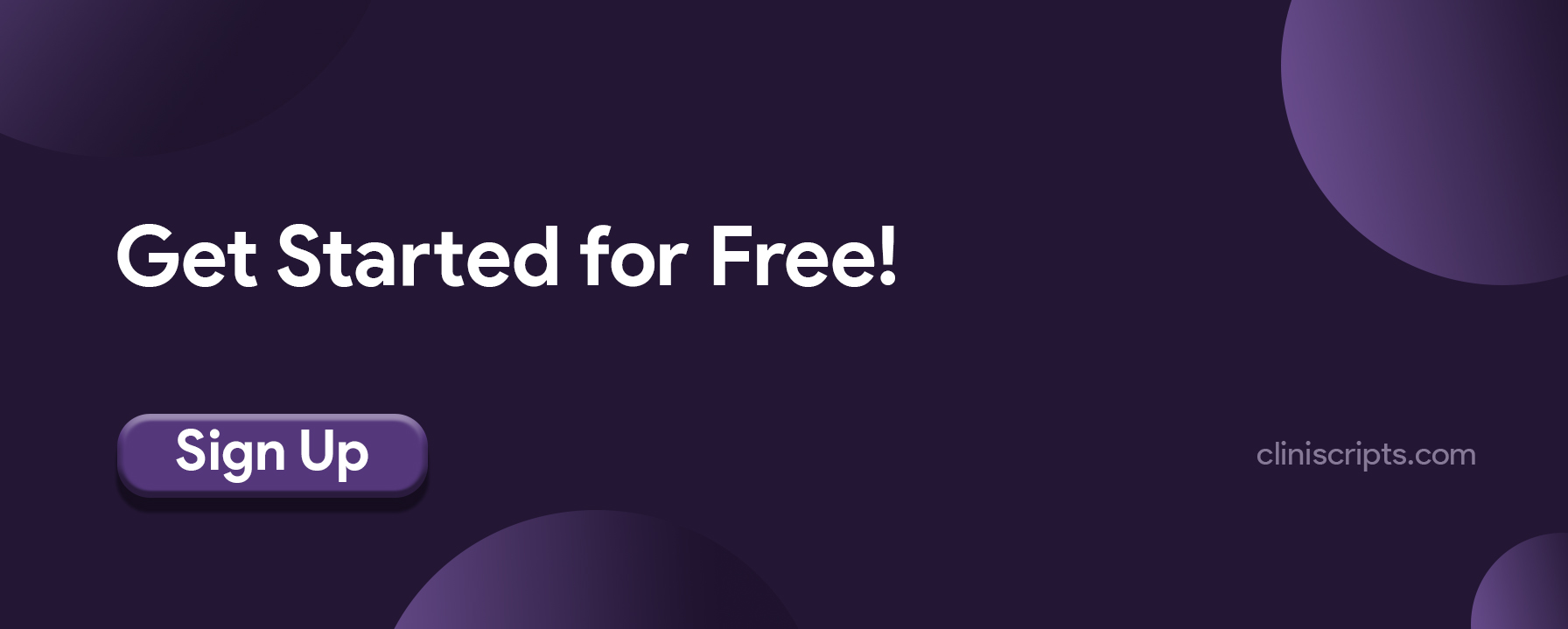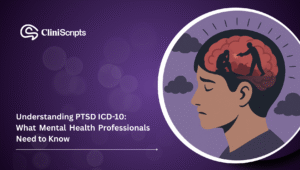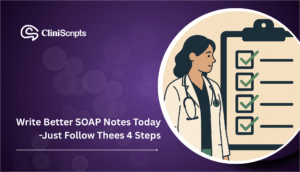Medically Reviewed: Dr Hanif Chatur
Image Credits: Canva
What Is a Medical Scribe and Why They’re Essential in Healthcare Today
In today’s busy healthcare environment, the demand for medical scribes is on the rise. But what is a medical scribe exactly? A medical scribe is a trained professional who works alongside physicians and healthcare providers to document patient encounters in real time, allowing doctors to focus more on patient care rather than paperwork.
What Does a Medical Scribe Do?
Medical scribes handle a variety of administrative tasks including updating electronic health records, documenting patient histories, and assisting with charting. In fast-paced areas like the emergency department, scribes ensure that nothing is missed while the physician cares for the patient.
They play a vital role in improving efficiency, saving time, and reducing physician burnout. Simply put, medical scribes enhance both the patient and provider experience.
How to Become a Medical Scribe
If you’re interested in becoming a scribe, here’s a quick path:
- Obtain a high school diploma (minimum requirement)
- Enroll in a medical scribe training program
- Gain certification (optional but recommended)
- Apply for medical scribe jobs through hospitals, private practices, or platforms like Scribe America
Many entry-level positions are part-time, making them a great opportunity for students or individuals interested in exploring the medical field.
What Is Medical Scribe Certification?
While certification isn’t always required, getting your medical scribe certification demonstrates your commitment and knowledge. It increases your job prospects and makes it easier to work with complex EHR systems.
You can also build your skills with a medical scribe resume that highlights your experience with patient care, attention to detail, and knowledge of medical terminology.
Remote and Virtual Medical Scribe Roles
With technology evolving, there’s growing interest in becoming a virtual medical scribe. These professionals perform the same documentation tasks, but remotely, using video or audio feeds.
So, what does a remote medical scribe do? They join live appointments virtually and update records from a different location, often working for physicians in busy clinics or hospitals.
This opens doors to work-from-home healthcare careers and flexible schedules, especially in Canada where virtual scribing is becoming more common.
Medical Scribe vs. Medical Assistant
A common question is: What is a medical scribe vs. a medical assistant? While both support physicians, medical scribes focus purely on documentation and EHR entry. Medical assistants also perform clinical tasks like taking vitals or preparing patients for exams.
So, what’s better than a medical assistant? That depends on your goals—if you prefer data and documentation, scribing might be your path.
Is a Scribe a Nurse?
Is a scribe a nurse? No, a scribe is not a nurse. While both work closely with physicians, scribes are non-clinical staff. However, many nurses start their careers as scribes to gain exposure to the clinical setting.
Medical Scribe AI and the Future of Scribing
With innovations like AI scribe medical and AI-powered clinical documentation, scribes are evolving too. Tools such as AI medical scribe platforms and ambient scribe technologies are being used to transcribe patient encounters automatically, increasing accuracy and reducing manual work.
Still, human scribes remain crucial—especially in complex cases where AI can’t fully understand medical nuance.
Final Thoughts: The Role of Scribes in the Modern Medical Field
From the emergency department to primary care clinics, medical scribes help physicians reclaim valuable time for their patients. Whether you pursue a role as a traditional scribe or a virtual scribe, this position offers a meaningful entry point into the healthcare system.
If you’re wondering how to get started, consider enrolling in medical scribing programs or certification courses today.










